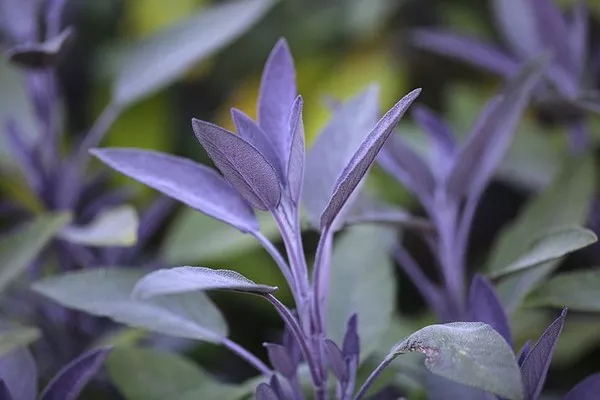As plant enthusiasts, it is disheartening to witness the demise of our green companions. Whether due to neglect, disease, or seasonal changes, dead plants present a unique challenge for environmentally conscious individuals. Properly handling and disposing of deceased plants not only helps maintain a tidy living space but also contributes to sustainable waste management practices. In this article, we will explore eco-friendly options for dealing with dead plants, promoting responsible disposal and recycling methods.
Composting: Turning Waste into Nutrient-Rich Soil:
One of the most sustainable ways to handle dead plants is through composting. Composting is the natural process of decomposing organic matter into nutrient-rich soil. Dead plants, being organic material, can be a valuable addition to your compost bin. However, it is essential to ensure that the plants are free from any diseases or pests that could potentially harm the composting process.
To compost dead plants effectively, shred them into smaller pieces to speed up the decomposition process. Combine them with other compostable materials such as kitchen scraps, leaves, and grass clippings. Regularly turn the compost to aerate it, promoting microbial activity. In a few months, you’ll have nutrient-dense compost ready to enhance the soil in your garden.
Green Burial: Returning Plants to the Earth:
Another eco-friendly option for dealing with dead plants is a green burial. Just as humans are increasingly opting for environmentally conscious burials, plants can also be laid to rest in a sustainable manner. Burying dead plants in your garden or a designated green burial area allows them to decompose naturally, returning their nutrients to the soil.
Ensure that the burial site is free from weed barriers or other synthetic materials that may impede decomposition. Consider marking the burial spot with a biodegradable marker or a small, natural-looking stone to commemorate the plant’s contribution to your garden.
Donate or Share: Extending the Life of Plants:
Before discarding dead plants, consider whether they might be salvageable or usable by others. Some plants may still have healthy cuttings or seeds that can be harvested and shared with friends, family, or local gardening communities. By doing so, you not only reduce waste but also contribute to the propagation of greenery in your community.
Check with local plant nurseries, schools, or community gardens to see if they accept donations of dead plants or their parts for educational purposes or rehabilitation projects. By sharing your plants, you contribute to a more sustainable and connected gardening community.
Natural Drying and Decoration: Turning Plants into Art:
If your dead plants have aesthetically pleasing features, such as unique shapes or textures, consider using them for decorative purposes. Allow the plants to dry naturally by hanging them upside down, preserving their form and creating intriguing botanical arrangements. Dried plants can be used in various DIY projects, from wreaths to framed botanical art.
This approach not only minimizes waste but also adds a touch of nature to your living space. It’s a creative way to appreciate the beauty of plants even in their afterlife.
Recycling through Municipal Programs: Leveraging Local Resources:
Many municipalities offer green waste recycling programs that accept dead plants as part of their organic waste stream. Contact your local waste management or recycling center to inquire about the guidelines for disposing of dead plants. Some areas have curbside pickup services for green waste, while others may have drop-off locations for organic materials.
By utilizing these programs, you ensure that dead plants are processed in an environmentally responsible manner, often through industrial composting facilities that can handle larger volumes of organic matter.
See Also What Causes Tomato Plants To Wilt? A Comprehensive Analysis
Conclusion:
When faced with the demise of our beloved plants, it’s crucial to approach their disposal with environmental responsibility in mind. Whether through composting, green burials, sharing with others, repurposing for decoration, or utilizing municipal recycling programs, there are various sustainable options available. By adopting these eco-friendly practices, we not only reduce our ecological footprint but also contribute to a greener, more sustainable future for our planet.


